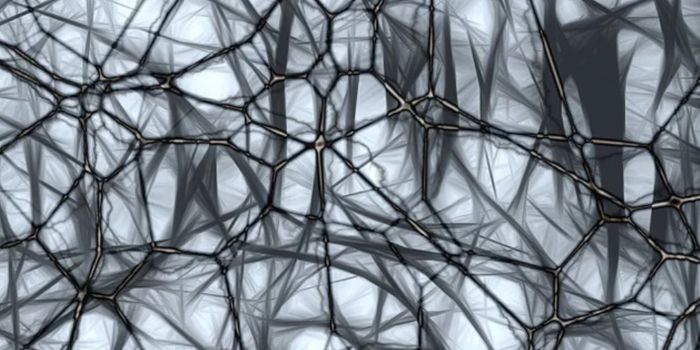
UC Irvine School of Medicine researchers have learned how bacterial toxins that cause food-borne botulism are absorbed through the intestinal lining and into the bloodstream. Their study, which appears in Science, offers insight into developing new approaches for blocking this poisonous substance.
Botulism is a rare and often fatal paralytic illness due to a neurotoxin produced by Clostridium botulinum bacteria, which can appear in rotted, uncooked foods and in soil. Listed as a Tier 1 agent by the Centers for Disease Control & Prevention, the botulinum toxin is also a potential biological weapon.
Using a crystal structure of a complex protein compound of botulinum neurotoxin, Rongsheng Jin, associate professor of physiology & biophysics at UC Irvine, and collaborators found that these compounds - called clostridial hemagglutinin (HA) - bind with epithelial cell proteins in the intestines of patients, initiating a process that disrupts the close intercellular seals, enabling the complex toxin molecules to slip through the epithelial barrier.
"Normally, botulinum neurotoxin molecules are too large to break through this tight junction of epithelial cells," Jin said. "By identifying this novel process by which the toxin compound manages to open the door from inside, we can better understand how to seek new methods to prevent these deadly toxins from entering the bloodstream."
In further tests, Jin and his colleagues designed a mutated version of the botulism compound, based on the novel crystal structure, in which HA would not bind with the epithelial cell protein E-cadherin. Even though this lab-made toxin compound contains the fully active live toxin molecule, it was not orally toxic when tested on mice because the mutated HA cannot break up the intercellular seals and, therefore, the toxin compound cannot be absorbed through the epithelial layer. Jin said this approach could lead to the identification of small molecules able to stop HA from binding with epithelial cell proteins, thus preventing the toxin invasion.
Kwangkook Lee and Shenyan Gu of UC Irvine; Xiaofen Zhong and Min Dong of Harvard University; Anna Magdalena Kruel and Andreas Rummel of Hannover Medical School's Institute for Toxicology in Germany; Martin Dorner of the Center for Biological Threats & Special Pathogens in Berlin; and Kay Perry with the NE-CAT beamline at the Advanced Photon Source at Argonne National Laboratory in Illinois contributed to the study, which was supported, in part, by grants from the National Institutes of Health.
 UC Irvine School of Medicine researchers have learned how bacterial toxins that cause food-borne botulism are absorbed through the intestinal lining and into the bloodstream. Their study, which appears in Science, offers insight into developing new approaches for blocking this poisonous substance.
UC Irvine School of Medicine researchers have learned how bacterial toxins that cause food-borne botulism are absorbed through the intestinal lining and into the bloodstream. Their study, which appears in Science, offers insight into developing new approaches for blocking this poisonous substance.







